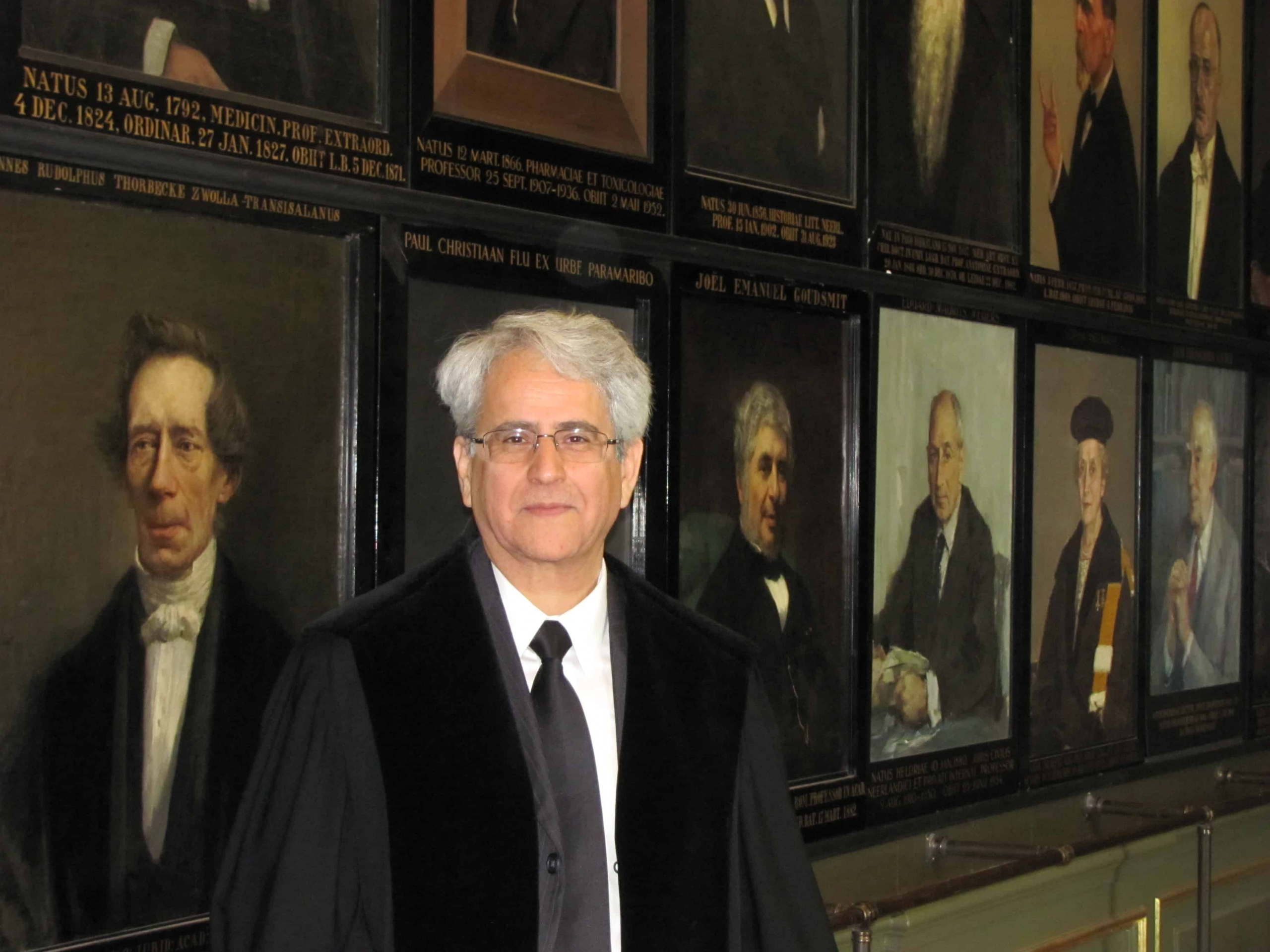They say a picture is worth a thousand words; but some are worth a thousand memories. Amir Harrak, a professor of Near and Middle Eastern Civilizations at U of T, began photographing Syriac inscriptions in the Middle East in 1997 in an effort to keep the memory of past generations alive. Harrak has accumulated hundreds of photographs, which are among the only resources left for those who wish to study the ancient ruins that the Islamic State of Iraq and Syria (ISIS) has now destroyed.
Fear of ISIS’ ongoing occupation of Iraq and Syria motivated professor Harrak to continue his photographic venture during a trip to Iraq last year for an international conference. “As all these treasures turned to dust, my photographs are the only indication that they existed,” said Harrak.
In early 2014, Harrak visited the city of Mosul where he took pictures of the Mar Behnam monastery — a sixth century octagonal martyrion with the only old Turkic inscription in Iraq of a thirteenth century Mongol king. Three months later, ISIS invaded the area, and Mar Behnam was obliterated. Around the same time, ISIS ransacked Nimrud, a 3,300 year-old city and once-famous capital of the Assyrian empire, demonstrating an indiscriminate use of violence.
“ISIS aims at recreating the time of Muhammad the prophet of Islam and that of the earliest caliphs, considered by them to be the ideal time. Thus, anything that stands in the way of their goal is met with utter destruction, both human and cultural,” said Harrak, adding that “this is not mainstream Islam which built one of the greatest civilizations in the world, but for ISIS, 14 centuries of Islam were wrong and they are right.”
The carnage caused international outrage and has prompted the United Nations Educational, Scientific and Cultural organization Director General, Irina Bokova, to alert the prosecutor of the International Criminal Court of war crimes committed by ISIS, whose strategy includes public beheadings and a scorched earth policy – a military tactic which involves destroying anything that might be of use to an opponent, either while advancing or withdrawing from a territory. “The deliberate destruction of cultural heritage constitutes a war crime,” said Bokova in a public statement.
ISIS’ geo-political strategy also includes the eradication of living memory, which is what professor Harrak hopes to capture with his photographs.
“Culture is the memory of nations and just as individually we look at our own early lives to see how we grew up and what we had achieved to become what we now are, it is important to study the heritage of past generations which led us to what we are. ISIS aims at erasing the memory of people, including even Muslims, not like them, and thus we must do our best to preserve cultural artefacts,” says Harrak.
All of the photographs have been published in two volumes entitled “Syriac and Garshuni Inscriptions of Iraq.”
The project is also intended to be accessible to students and scholars, who can access the photos for analysis on The Canadian Centre of Epigraphic Documents website, www.epigraphy.ca, where they are in the process of being posted.


